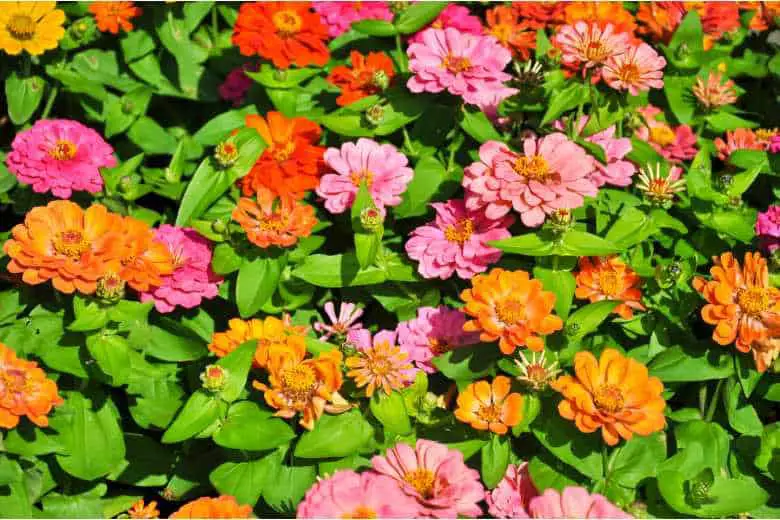
Zinnias are a staple flower in Texas gardens that bloom profusely throughout the summer and fall seasons. Their cheerful blooms in vibrant colors like orange, red, yellow, pink and purple are a delightful way to attract beneficial pollinators to the garden. Zinnias are also very low maintenance and tolerant of heat. They flourish even in the hot and humid Texas climate.
If you want an abundance of colorful zinnia blooms dancing in your garden, it is crucial to plant their seeds at the right time.
This article will guide you on the best time to sow zinnia seeds in different parts of Texas and provide a detailed step-by-step process on how to plant, care for and maintain your zinnia plants throughout the season.
When to Plant Zinnia Seeds in Texas
The ideal time to direct sow zinnia seeds in the ground in Texas depends on your location within the state:
- North Texas (Dallas/Fort Worth area): You can start sowing zinnia seeds outdoors in the ground from mid-March through mid-May. The soil should be at least 60°F for germination.
- Central Texas (Austin/San Antonio area): The best period is from late February through mid-April. Start planting when the soil is at least 55°F.
- South Texas (Corpus Christi/Rio Grande Valley): Sow seeds from mid-February through early April. Soil temperatures should be at least 50°F.
- Extreme South Texas (Brownsville/McAllen): You can start as early as late January. Watch the soil temperatures which should be around 50°F.
You can also start zinnia seeds indoors 4-6 weeks before the last expected frost date in your area. Read the seed packet instructions for the appropriate planting depth and spacing between seeds. Maintain the temperatures between 65-75°F for faster germination.
Step-by-Step Planting Process for Planting Zinnia
Here is a detailed process on how to plant zinnia seeds in Texas:
Step 1: Prepare the Soil:
Work compost or other organic matter into the soil at least 2 weeks before planting to improve its structure and nutrient levels. The soil pH should be between 6.0-7.5.
Step 2: Lay Out Seed Strips:
Use a hose or rope to lay out strips/rows spacing 12-18 inches apart where you want to sow seeds.
Step 3: Sow the Seeds:
Sprinkle seeds along the strips and cover lightly as directed on the seed packet. Firm down the soil gently. Water well with a fine spray.
Step 4: Mark and Date:
Place labels or stakes at the ends of rows/strips marked with the crop name and date sown.
Step 5: Provide Support:
Install horizontal string/wires 12-18 inches above the soil along the strips for the seedlings to climb as they grow. You can also use tomato cages or stakes.
Step 6: Water Daily:
Keep the soil moist but not soggy during germination. Most zinnia varieties will sprout within 7-14 days under optimal conditions.
Step 7: Thin the Seedlings:
Once they have sprouted and grown to 3-4 inches tall, thin plants to allow at least 8-12 inches spacing between them.
Step 8: Weed Regularly:
Pull out any weeds that try to compete with the young zinnia seedlings for nutrients, water and sunlight.
Step 9: Protect from Pests:
Closely monitor for signs of pests like aphids or diseases. Isolate and dispose of any affected plants. Spray neem oil or insecticidal soap regularly as a preventive measure.
Step 10: Fertilize Monthly:
As the plants grow and bloom, fertilize every 4 weeks with a balanced, water-soluble plant food to boost growth and bloom production.
Step 11: Deadhead Flowers:
Remove spent blooms regularly to encourage reblooming and extend the flowering season until frost. Cut back the plants after frost.
Post-Planting Care Tips for Zinnias in Texas
Here are some additional tips for caring for your zinnia plants throughout the growing season in Texas:
- Water Deeply: Water zinnias only when the top few inches of soil are dry. Apply 1-2 inches of water per week either through rainfall or irrigation.
- Provide Partial Shade: In the hot afternoon sun, zinnias planted in areas receiving partial shade will remain healthier for longer with reduced moisture loss.
- Pinch Out Tops: To encourage bushier growth and more blooms, pinch out the flowering tips of seedlings when they are 6-8 inches tall.
- Support Tall Varieties: Stake or cage tall zinnia varieties that are over 18 inches to prevent wind damage and maintain an upright habit.
- Mulching Zinnia Beds: Mulch to retain soil moisture and suppress weeds. Use organic materials like shredded leaves.
- Deadheading for Continuous Blooms: Deadhead regularly to extend blooms until first frost. Cut plants back after frost for winter.
- Watch for Pests: Common pests include aphids, spider mites and powdery mildew. Cultural controls like providing shade, airflow and good drainage are key defenses. Chemical controls should be a last resort.
- Protect from Frost: Zinnias are tender annuals and very susceptible to frost damage. Have backup transplants indoor-started plants ready in case of an unusual freeze.
Harvesting Zinnia Flowers
You can cut zinnia blooms when they are mostly open for indoor enjoyment. Use a sharp knife or pruners and cut stems on an angle, leaving at least 3 inches of stem.
Change the water every other day and enjoy the cheerful blooms indoors for up to 2 weeks. Towards fall, you can also allow some plants to reseed by leaving heads on the stalks. Collect the seeds once they are dry for next year’s flowers.
FAQs About the When to Plant Zinnia Seeds in Texas
How deep should I plant zinnia seeds in Texas?
Answer: Zinnia seeds should be planted at a depth of 1/4 inch deep in Texas.
How much space should I leave between each zinnia seed when planting in Texas?
Answer: You should leave at least 6 to 8 inches of space between each zinnia seed when planting in Texas.
Conclusion
With some planning and care, zinnias are a low-maintenance yet highly rewarding flower to grow in Texas gardens. Their resilience in heat and ability to attract pollinators make them a sustainable, eco-friendly choice. By following the planting and care tips provided, you can look forward to a colorful zinnia blossom display from summer through fall. The bright blooms are certain to add cheer and charm to any outdoor space while attracting beneficial insects. I hope you have fun sowing the seeds of joy with zinnias!

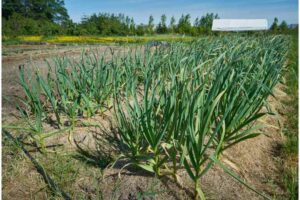
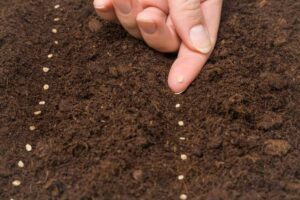
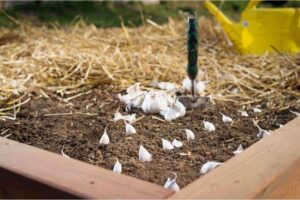
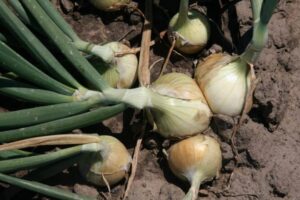
One Comment